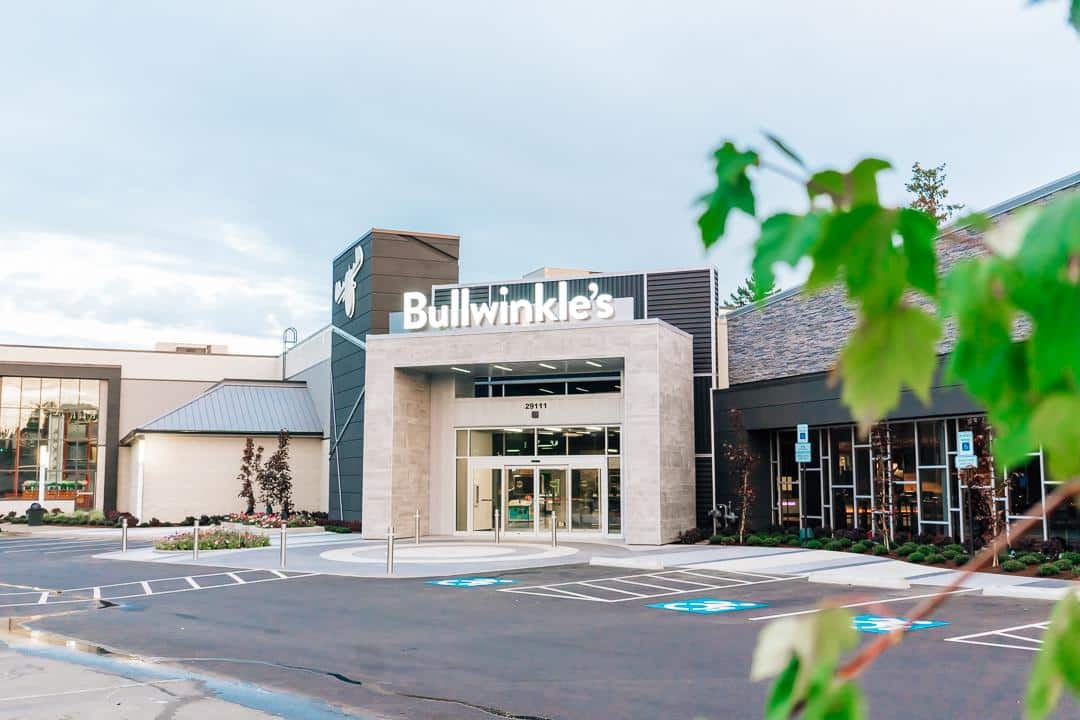Portland’s 2035 Density Plans for Your Neighborhood

We already know that Portland’s demand for residential real estate is growing faster than blackberry vines on an abandoned lot. But according to City planners, as this demand grows, it also changes shape. Some abandoned lots grow more than just blackberries.
Fifty years ago, people moving to Portland needed three-and-four bedroom homes on individual lots to start families — or at least, that’s what developers were building. Today, household sizes are shrinking. The population is aging. Also, fifty years ago, land was cheap and relatively abundant. Today, as we’ve seen in the real estate data reports, the prices of homes and land has risen quite a bit. Without sprawling Portland out into the rest of Oregon, or destroying the character of neighborhoods, there has to be some way to accommodate new residents.
Enter the Residential Infill Project. Now in its second year, the project seeks to transition our blackberry patch of zoning rules created for single-family dwellings to a garden of different housing types. The target areas are the single-family residential zones of Portland, with the goal of adding 123,000 new households by 2035.
According to city planners, the household of the future will be smaller, with fewer children. These might be young professionals, or retirees who downsize from larger Portland homes. The Residential Infill Project’s recommendations, released in a report this fall, fall under three main areas: Limit the size of new houses, allow for more housing types in certain residential zones, and rezone historically narrow lots.
Overall, the report had ten recommendations, which were open to public comment last month. The next step is for the recommendations to be developed into code amendments, each of which will undergo a public hearings process in 2017.
As a real estate agent, I think the most exciting part of these potential changes to the residential code is that they will allow Portland homebuyers to be more creative in envisioning their neighborhoods and financing their homes. Under the same home size limit, they could develop up to three units, either by splitting the home into a duplex or triplex, adding ADUs (Accessory Dwelling Units), or some combination of these things. ADUs are a viable source of rental income. They also allow families and communities to live more closely and affordably — instead of having Mom live in a retirement unit a few miles away, she could literally be in your backyard.
Yes, there are some concerns about the essential character of Portland’s residential neighborhoods changing. But we’re not as suburban as you might think. While our neighborhoods are known across the country for their idyllic spreads of single-family homes, separated by big trees and lush lawns, in reality 30% of housing in Portland already consists of multi-family units. There’s probably an apartment complex down the street from your home that’s been there for years and you barely notice.
The new residential codes will also seek to improve the aesthetic appeal of neighborhoods while encouraging density. If you’ll forgive a little developer-speak, certain features like eave setbacks (the amount that the edge of the roof can project toward the property line) and lowered rooflines will add visual appeal and help keep Portland neighborhoods looking and feeling like the neighborhoods we know and love. In other words, the value of your Portland single-family home need not change just because your neighbors converted to a duplex or added ADUs.
Check out the Portland density recommendations under review, and most importantly, if you are a Portland homeowner concerned about changes to the residential code that applies to your neighborhood, chime in. Watch for public hearings scheduled for next year and bring your questions. And, of course, if you have home value questions, contact your local Portland real estate experts!


